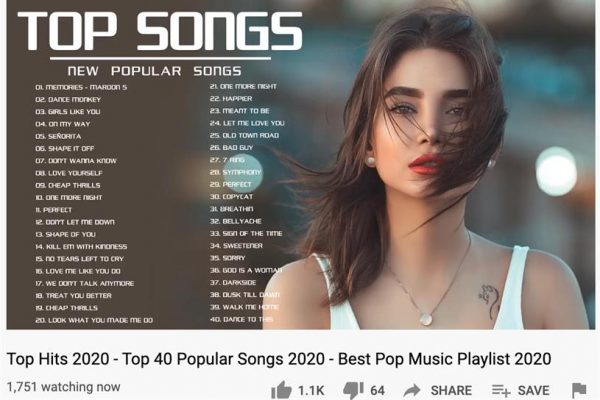
YouTube has launched an audio-only ad format for brands to place against music and podcasts.
In recognition of YouTube being used as a platform for ambient and focused audio listening, the Google-owned platform is launching the new ad format in beta, with the same measurement and brand safety features used in video campaigns.
Do you want to see the future? Sign up for Campaign’s Marcomms360 Predictions 2021 virtual event on December 14-15. Registration free
Audio ads are creatively led by the voiceover or other sounds that feature in a YouTube ad, and the visual component is typically a still image or simple animation.
Similar to video ads, audio ads are bought via auction with Google Ads and Display & Video 360 on a cost-per-thousand basis. YouTube said they will feature the same audience-targeting options, bidding strategies, and brand lift measurement capabilities.
YouTube’s internal tests of audio ads, carried out between June 2019 and March 2020, found that 75% of measured audio ad campaigns on YouTube drove a “significant” uplift in brand awareness.
The company said one of its early testers, the California-based picture sharing and gift card service Shutterfly, found ad recall among interested shoppers was 14% above its benchmark level, while favourability was lifted by 2%.
YouTube says 50% of its logged-in viewers who consume music do so for at least 10 minutes a day, while more than two billion logged-in viewers watch a music video each month on the platform. Again, these statistics are supplied by YouTube itself, without third-party verification.
Meanwhile, YouTube has a comparatively tiny number of users – 30 million – that pay to subscribe to YouTube Music and Premium. This number grows to 35 million when you include those who use free trials, which are usually offered for a month.
It is also launching “dynamic music line-ups”, which are dedicated groups of music-focused channels across popular music genres, such as hip hop and K-pop, or moods or interests like fitness.
Lyor Cohen, global head of music at YouTube, said that the Covid-19 pandemic had “fundamentally changed the music industry forever” due to music concerts being cancelled, which encouraged people to consume more music on online platforms.
“For advertisers, this shift has created new opportunities to reach attentive, engaged audiences through digital music content,” Cohen said. “But many marketers are hesitant to invest because of common myths about music content and its impact on marketing goals.”
Among these myths, according to Cohen, are that people pay less attention to music content, whereas YouTube says more than 85% of music video viewing happens in the foreground.
YouTube is meant to be able to automatically detect music uploaded to the platform that potentially infringes copyright laws. Its Copyright Match and Content ID tools allow music copyright holders to provide reference files that can be used to match against pirated music.









